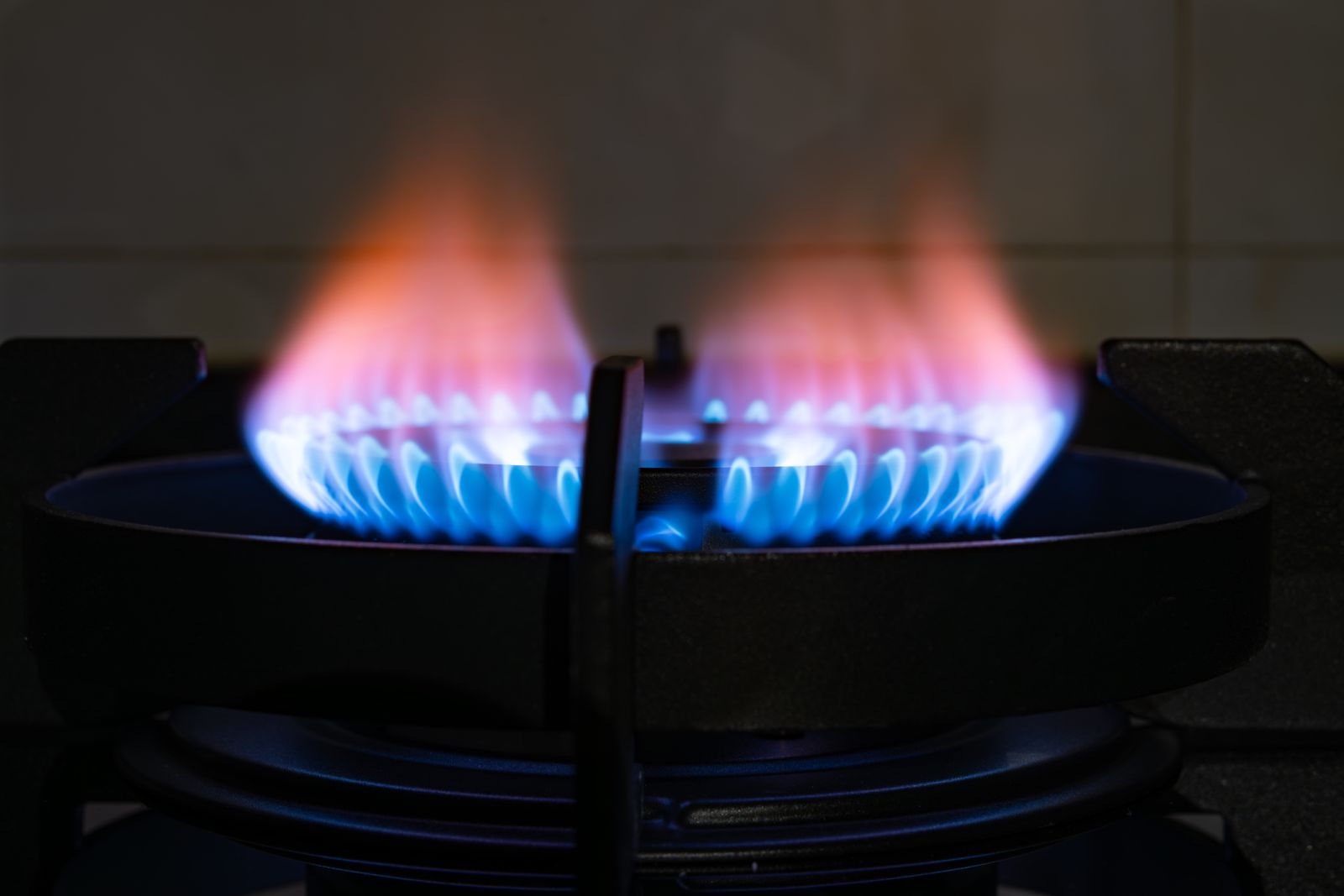|
|
|
|
LeRoy Coop
Departments
Cash Bids
Market Data
News
Ag Commentary
Weather
Resources
|
Will Natural Gas Prices Remain Elevated Throughout 2025?
In my April 15, 2025, Q1 Barchart article on the energy sector, I highlighted that “natural gas was a double-digit percentage winner as inventories across the United States fell below the previous year’s and the five-year average.” Nearby NYMEX natural gas futures moved 13.38% higher in Q1, settling at the end of March 2025 at $4.1190 per MMBtu. On April 15, I wrote: Natural gas is now in the shoulder season where heating and cooling demand are absent, but at around the $3.50 level, U.S. natural gas futures prices reflect low inventories. Meanwhile, the latest April 4 Baker Hughes natural gas rig report showed 96 rigs operating, 14 below the level at the same time in 2024. In April 2024, the nearby natural gas futures price was $2.14 per MMBtu at the month’s high. Natural gas has declined from the Q1 closing price in April, but the price remains elevated as low inventories and increasing demand for U.S. LNG are not bearish. However, seasonality suggests that natural gas has some downside as the price is over $1.25 per MMBtu higher than at the same time in April 2024. Prices have not changed much in May 2025 as the cooling season approaches. Natural gas prices are steady above the $3.50 levelU.S. natural gas futures for June delivery reached a $5.073 per MMBtu high on March 10, 2025. While prices have moved lower, they remain around the $3.50 level on May 6. 
The daily chart of NYMEX natural gas for June 2025 delivery shows that the energy commodity fell 40.7% to a $3.007 low on April 24, 2024. Since the late April low, natural gas futures have made higher lows and higher highs, reaching $3.840 on May 12 and trading around the $3.65 level after falling from the most recent high. A bullish trend since the 2024 lowIn February 2024, the continuous natural gas futures contract found a bottom at $1.60 per MMBtu. The price has more than doubled since early 2024. 
The chart shows the bullish trend over the past seventeen months. At the $3.65 level on May 12, 2025, natural gas futures are over $1.00 per MMBtu higher than the price in May 2024. The bullish case for natural gasWhile the trend is always a trader or investor’s best friend and it remains bullish in the U.S. natural gas futures arena in May 2025, inventories have supported prices. 
While U.S. natural gas stockpiles across the United States at 2.145 trillion cubic feet are only 1.4% above the five-year average as of the week ending on May 2, 2025, they are a substantial 16.1% lower than the level in late April 2024. Increasing demand for U.S. LNG and high demand over the past winter season have pushed prices higher. Natural gas inventories reached a 1.698 trillion cubic feet low at the end of the 2024/2025 withdrawal season, the lowest level since 2022. Natural gas moves into the shoulder season from March through June when heating and cooling demand decline. As the market moves towards summer and temperatures rise, power generation requiring natural gas to power air-conditioning will increase the energy commodity’s demand. Meanwhile, as of May 9, Baker Hughes reported that 101 natural gas rigs were operating, only one less than the same time in 2024. Buying dips could be optimalNatural gas is a very volatile commodity. The continuous contract prices have traded as high as $9.987 and as low as $1.60 per MMBtu since August 2022. While the current price is more than double the low, it is nearly one-third the level at the high. The inventories, rig count, increased LNG demand, and price action during the slow shoulder season point to higher natural gas prices over the coming months. The peak demand season, when prices tend to reach annual highs, occurs in late Q3 and Q4. Given the bullish price trend, buying dips with tight stops could be optimal for natural gas over the coming weeks and months. BOIL is the bullish leveraged natural gas ETF product- Use price and time stopsThe most direct routes for a risk position in natural gas are through the CME’s NYMEX division, U.S. Henry Hub natural gas futures, and futures options. The UNG unleveraged ETF product tracks NYMEX natural gas futures on a short-term basis. The Bloomberg Ultra Natural Gas 2X ETF product (BOIL) provides leverage to short-term U.S. natural gas prices. At $65.88 per share, BOIL had over $217.1 million in assets under management. BOIL trades an average of over 2.327 million shares daily and charges a 0.95% management fee. BOIL’s leverage requires market participants to use time, and price stops as time decay can destroy the leveraged ETF’s value if natural gas prices move lower or remain stable. On the upside, BOIL will provide a leveraged return. The most recent rally in June NYMEX natural gas futures took the price 27.7% higher from $3.007 on April 24 to $3.840 per MMBtu on May 12. 
The daily chart shows BOIL’s 55.1% rise from $45.39 to $70.40 per share over the same period, as the leveraged ETF delivered twice the percentage gain as the June NYMEX futures. I favor buying BOIL on price weakness in the NYMEX natural gas futures arena over the coming weeks and months. However, the leverage requires price, and time stops to protect capital. One of BOIL’s drawbacks is that while the natural gas futures market operates around the clock, BOIL is only available during U.S. stock market hours, so the ETF can miss highs or lows occurring during off-stock market hours. On the date of publication, Andrew Hecht did not have (either directly or indirectly) positions in any of the securities mentioned in this article. All information and data in this article is solely for informational purposes. For more information please view the Barchart Disclosure Policy here. |
|
|